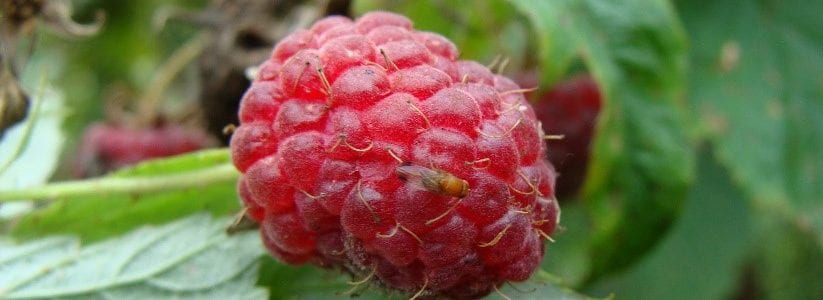Juneteenth, what a great day! I first learned of Juneteenth when I bought a calendar and Juneteenth was listed on June 19th. I think this was just last year. I'll never forget it now, nor should you. I quote here from the post What Is Juneteenth?
by Henry Louis Gates, Jr. (Originally posted on The Root). The order Maj. Gen. Gordon Granger issued, in establishing the Union Army’s authority over the people of Texas:
The First Juneteenth
“The people of Texas are informed that, in accordance with a proclamation from the Executive of the United States, all slaves are free. This involves an absolute equality of personal rights and rights of property between former masters and slaves, and the connection heretofore existing between them becomes that between employer and hired labor. The freedmen are advised to remain quietly at their present homes and work for wages. They are informed that they will not be allowed to collect at military posts and that they will not be supported in idleness either there or elsewhere.” —General Orders, Number 3; Headquarters District of Texas, Galveston, June 19, 1865
I encourage you to read the entire What is Juneteenth? post and perhaps kindle a keen interest in Civil War history and the history of black people in the United States. We must end slavery in our hearts and embrace freedom for all. Cornell University President Martha Pollock brought this post to our attention. Juneteenth is now an official holiday for all Cornell University.
I was born in Little Rock, Arkansas. The day I was born, riots broke out in the city over school desegregation. My mother made note of it in my baby book. White people yelled at the black children, teenagers, who were going to school with their white children for the first time. The yelling, angry white people lined the streets around where the black children walked to school. The police protected those black students then, from those unruly white adults. To protect and to serve. We must relearn and revisit our priorities. Black Lives Matter.
What is it like to live with fear of police brutality, racial profiling, and random acts of unkindness? What is it like to have those fears realized? Within my lifetime, I want to make these questions obsolete, the need to ask them irrelevant, and their answers a distant memory that fades from view, serving only to remind us of the better world we live in where such questions don't need to exist nor even come to mind.
I share the New York State IPM Program statement with you —
Our Statement
As a statewide program focused on reduced risk in agricultural and community settings, we are honored to work with diverse stakeholders across NY and pledge to do more to support our CCE Director’s desire to improve and foster a culture of inclusion.
I share the CCE Director's statement with you —
Dear Cornell Cooperative Extension Community,
Like so many of you, I am devastated by racist violence and senseless killing of Black men and women, including those that we have heard about in recent weeks: George Floyd, Ahmaud Arbery, and Breonna Taylor. We firmly denounce the ways in which structural racism and white supremacy disproportionately and detrimentally impact the lives of Black members of our community. We also recognize the resulting racialized trauma that stifles dreams, smothers hope, and compromises our shared humanity across race.
Cornell Cooperative Extension’s strong ties in diverse communities across New York State compels us to fully embody the principles of equity and inclusion in our programs, in our interactions with community members, and with each other. To this end, CCE pledges to foster a culture of belonging in our communities where all are supported and welcome to pursue their dreams and opportunities for growth without fear or apprehension.
We invite all members of the extension community to join our collective efforts to transform ourselves, our relationships, and our systems through critical self-reflection, courageous conversations, and bold actions. Our intentional efforts in doing so will lead us to a more just, healed, and thriving community for all.
Sincerely,
Christopher B. Watkins
Director, Cornell Cooperative Extension
Enjoy Juneteenth! Let's take steps towards a more just, healed, and thriving community for all.










